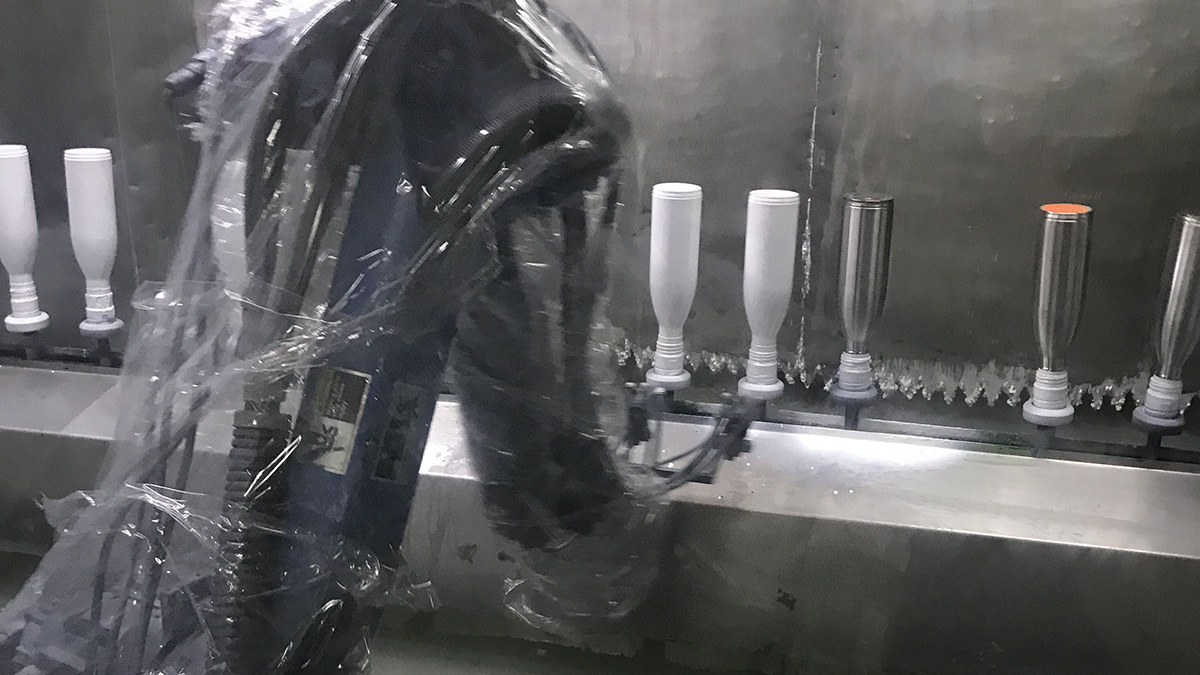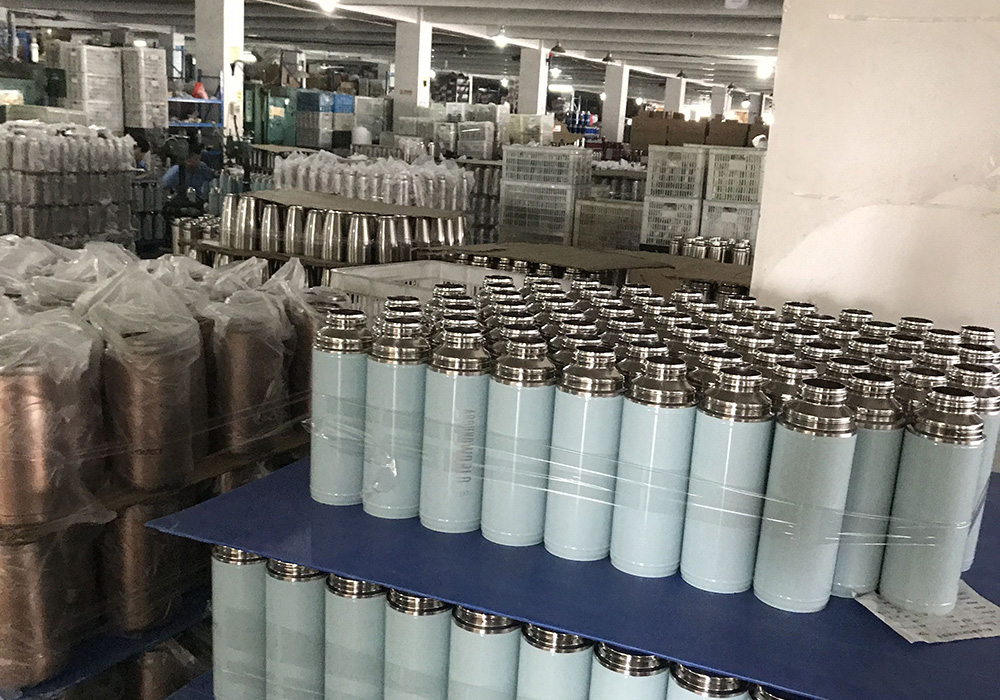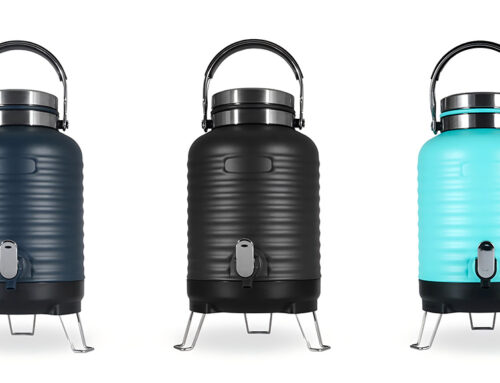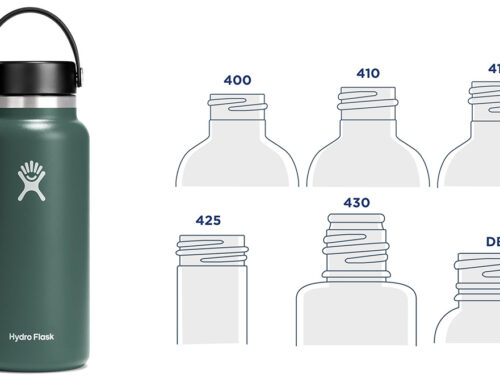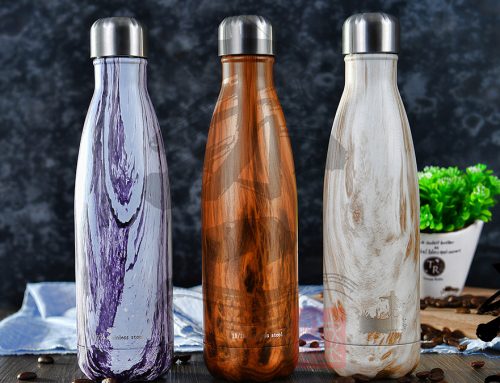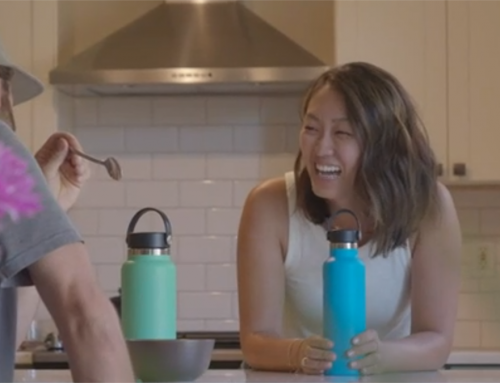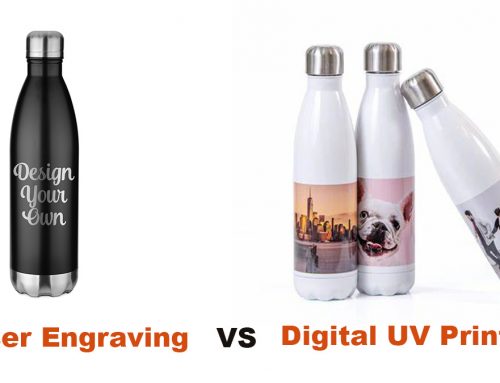The full name of OEM is Original Equipment Manufacturer, which means that the water bottle brand owner entrusts the water bottle manufacturer to manufacture according to the needs and authorization of the brand owner and under specific conditions. All products are manufactured and processed completely in accordance with the design of the water bottle brand holder. In other words, the manufacturer does not design the bottle. At present, all major water bottle brands in the world have OEM suppliers, which means that their products are not produced by themselves, but are manufactured by their suppliers.
ODM (Original Design Manufacturer), boasting high product development speed and competitive manufacturing efficiency, designs and develops water bottle products to meet the requirements of drinkware brand owners. The technical capabilities of Original Design Manufacturers are capable of handling projects and dealing with matters of design and development independently.
OEM and ODM rights and responsibilities comparison
| OEM | ODM | |||||
| Who Design | Who Manufacture | Who Owns the Intellectual Property | Who Design | Who Manufacture | Who Owns the Intellectual Property | |
| Brand Holder | √ | √ | ||||
| Manufacturer | √ | √ | √ | √ | ||
The most obvious difference between OEM and ODM is that OEM is commissioned by the brand owner only to produce products, while ODM is entrusted by the brand owner to design and manufacture products independently.
1. Different Cooperation Methods
The cooperation way of OEM is that the drinkware brand holders use their own core patents to design and develop new products and control the sales channels. And the entrusted manufacturer only carries out manufacture according to technical information and requirements.
The ODM cooperation method goes like this: The purchaser (brand holder) entrusts the manufacturer to provide all services from research & development, design, production to post-maintenance.
2. Different Intellectual Property Rights Ownership
OEM products are actually produced by manufacturers (other than the brand owner) in accordance with the requirements of the brand owner and are released under the brand owner’s trademark and name. Technical property rights and intellectual property belong to the brand owner rather than the actual manufacturer.
ODM products, apart from the external trademark and name of the brand owner, have property rights such as the design property rights, intellectual property rights and patents.
The following is an example:
The cooperative relationship between Yeti (or Hydro Flask, S’well, Stanley, Starbucks, Chilly’s etc.) and its manufacturers is an OEM model.
Yeti provides its manufacturers with drawings and requirement and pays for tooling fee. The OEM suppliers development tooling and fabricate samples which will be sent back to Yeti who would check whether they meet the design expectations or not. If they do meet the design expectations, water bottle manufacturers would then carry out mass production of water bottles in bulk and tumblers in bulk.
In brief, if you want to establish a water bottle business to have your own private brand with existing water bottle models in the market, what you need is an ODM manufacturer.
If you want to create a unique custom design drinkware (water bottle, tumblers, food containers, dog bowls) with your private label brand, you can contact a stainless steel drink bottle manufacturer like “KingStar Industries Company Limited” who is specialized in water bottle, tumbler cup, can cooler, food container mug OEM manufacturing and can support you from product concept design, mold tooling development, mass production, reliability test to final shipment.
KingStar has rich experience in providing water bottle ODM an OEM manufacturing service. You are welcome to contact us to start your water bottle purchasing project.
stainless steel water bottle manufacturing video
Vacuum Insulated Stainless Steel Bottle Tumbler Manufacturing Process
Brief description: Stainless steel arrives at the factory in the form of pines and sheets –> Produce outer bottle and inner bottle –> Assembly and welding –> Vacuuming –> Decorating.
1. Manufacture Outer Bottle
1.1 Pipe cutting: Cut raw material – stainless steel pipe – to the appropriate length.
1.2 Expansion
There are basically two different ways to make stainless steel into the shape of a bottle: water expansion and stretching.
Water Expansion: Stainless steel pipes are raw material for this method. First, stainless steel pipe is put on the water expansion machine. The pipe swells into a bottle shape under the huge pressure of the water. With this method, the bottle formed is with no bottom, so a round stainless steel plate will be welded onto it to form a complete bottle.
Stretch: Stainless steel sheets are raw material for this method. First, the stainless steel sheets are cut into round plates at appropriate size, and then we use a punch press to stretch the stainless steel plate into a cylinder with a bottom.
The outer bottle can be formed by any of these two methods. Water expansion is more popular.
1.3 Separating: If using water expansion process to form outer bottle, then separating process is a must.
1.4 Shaping: Use a large press and follow the “Bottle Shaping Guide” to ensure that the pits, size and shape of the outer bottle meet the requirements.
1.5 Necking: Use a machine to squeeze the upside of the bottle to be a bottle neck.
1.6 Thread Rolling/Making: Threads are made with a special threading machine. Ensure that the thread meets requirements.
1.7 Cleaning: Removes lubricating oil and dust during molding.
1.8 Inspection
2. Manufacture Inner Bottle
2.1 Pipe cutting: Cut raw material – stainless steel pipe – to the appropriate length.
2.2 Expansion. Water expansion or stretch. The inner bottle can be formed by any of these two methods. Water expansion is more popular.
2.3 Separating
2.4 Shaping
2.5 Necking
2.6 Thread Rolling/Making (Normally if outer bottle is designed with thread, there’s no thread on inner bottle)
2.7 Cleaning
2.8 Inspection
3. Assembly (Bottle Mouth Matching)
Assemble the inner bottle and the outer bottle together by pressing machine.
4. Bottle Bottom Assembly
Assemble the bottom to the bottle by pressing machine.
5. Assembly (Bottle Mouth Welding)
Weld the inner bottle and outer bottle together to prepare for vacuum insulation. Ensure smoothness, no bumps or solder joints.
6. Assembly (Bottle Bottom Welding)
Weld the outer bottle and the bottle bottom to prepare for vacuum insulation. Ensure smoothness, no bumps or solder joints.
7. Leaking Test
Check whether inner bottle and outer bottle were well welded.
8. Vacuuming
Vacuuming with a vacuum machine.
9. Temperature Test / Insulation Test
Blow hot air into each bottle. If the outside of the bottle is kept cool, it means that the heat from the hot air will not be diverted and the bottle is vacuum insulated. On the contrary, if the bottle gets hot, there is a problem with vacuum insulation.
10. Electrolysis Polishing
Through the interaction of current and electrolyte to improve the micro-geometry of the metal surface, reduce the surface roughness of the metal, so as to achieve the purpose of bright and smooth surface of the stainless steel bottle. Surface of inner bottle to be bright and even, no watermark, yellow dot.
11. Mechanical Polishing
Polish the surface of outer bottle to ensure it is smooth and bottle mouth is smooth and bright. There must be no obvious drawing, scratching, black wire and pits.
12. Cleaning
Clean the bottle and dry it. Make the bottle ready for external coating / decorating.
13. Temperature Test / Insulation Test
Blow hot air into each bottle. If the outside of the bottle is kept cool, it means that the heat from the hot air will not be diverted and the bottle is vacuum insulated. On the contrary, if the bottle gets hot, there is a problem with vacuum insulation.
14. External Coating(surface decorating)
The bottle is now ready for external coating –powder coating or spray painting. KingStar is capable of doing both spray printing and powder coating process.
15. Pattern and Logo Printing
Print the pattern design and logo on the bottle with various techniques – screen printing, thermal transfer printing, water transfer printing, laser etching and so on.
16. Temperature Test / Insulation Test
Blow hot air into each bottle. If the outside of the bottle is kept cool, it means that the heat from the hot air will not be diverted and the bottle is vacuum insulated. On the contrary, if the bottle gets hot, there is a problem with vacuum insulation.
17. Packing
After inspect each bottle, including visual inspection and lid leak test, the bottle is place in a separate bag for packaging.

